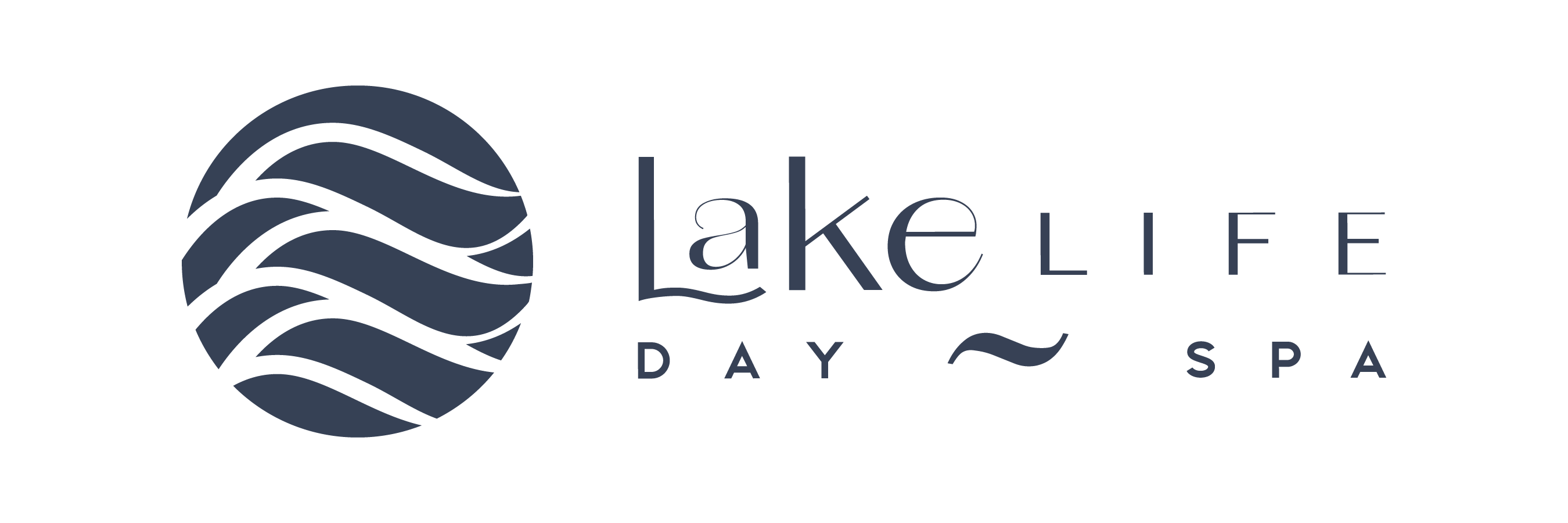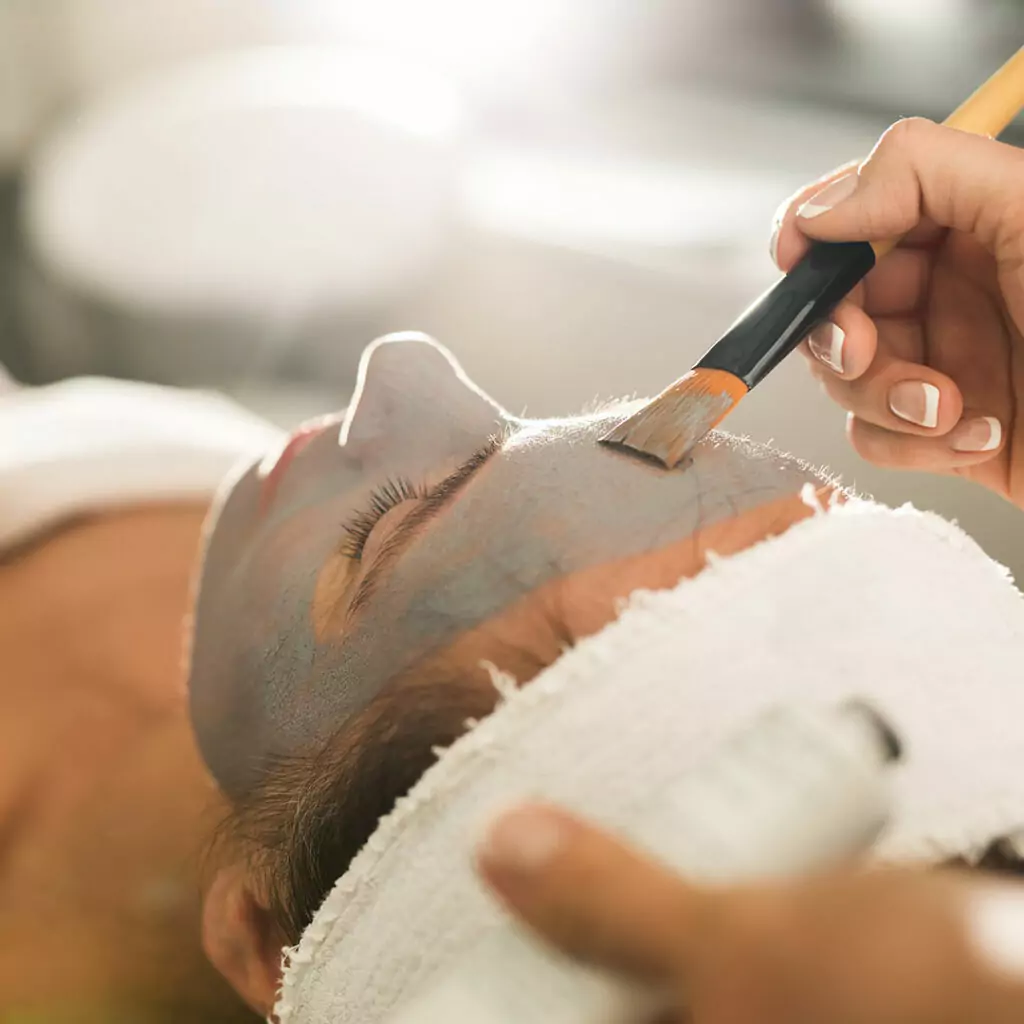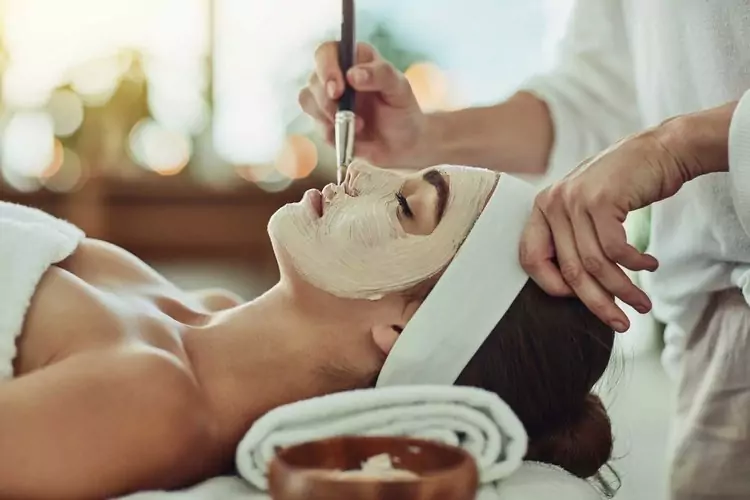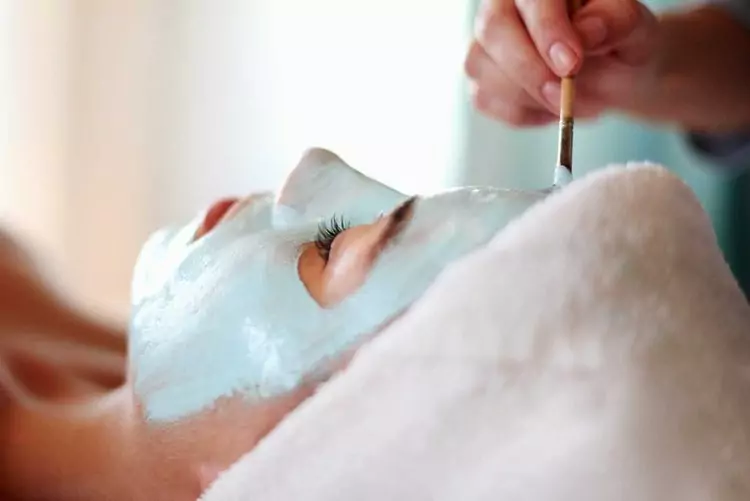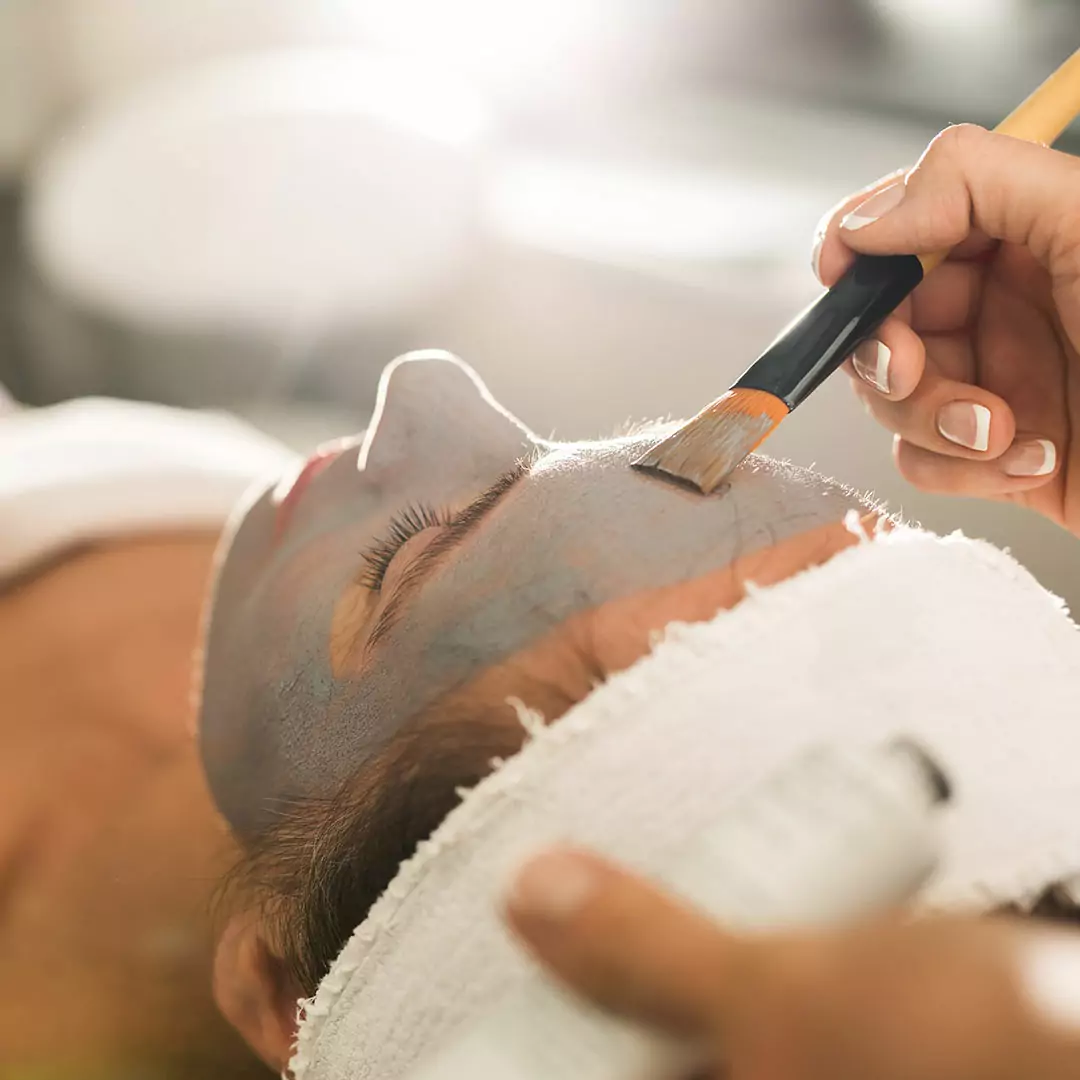
What You Need to Know about Facial Peels
All of your organs are important. Your skin, which is the largest organ in your body, deserves extra special care as well! Your skins’ outermost layer, the epidermis, the main function is to act as a barrier, protecting your skin from chemicals, radiation, and micro-organisms. Healthy skin not only behaves more efficiently, but it also looks and feels better too! One of the best ways to get glowing, radiant and healthy skin is by combining quality home care, with a series of chemical peels.
When you hear ‘chemical peel’, you might be thinking of someone with red, raw and literally, peeling skin. However, facial peels are completely safe and work to repair the most common and typical skin problems. Read on to learn what you need to know about facial peels and how they can help you.
HOW FACIAL PEELS WORK
The main purpose of a chemical peel is to rejuvenate your skin by removing dead, and dying skin cells, allowing your skin to create new, younger, healthier ones and ultimately, bringing them to the top layer of your skin.
Your skin, under a microscope, looks like bricks and mortar. The acid in the chemical peel dissolves the mortar that holds the glue together. When this glue dissolves, some clients do experience mild “flaking” or “peeling”. This is totally normal, and often, not noticeable. Yes, immediately following your peel, your skin will feel fabulous, glowing, healthy and smooth. But, the real magic happens one to two weeks after the peel, when the new, healthy, regenerated skin cells are created. While one peel feels amazing, doing them in a series of 6 will yield the best results. Why? Because your skin cells take anywhere from 28 – 90 days to turn over and regenerate. The older we get, the longer this process takes, so if you want to see a dramatic change in your skin, we recommend doing a series of 6 peels, two weeks apart. This 90-day plan will allow maximum results.
TYPES OF FACIAL PEELS
There are three levels of facial peels you can choose from, in varying types of acids.
SUPERFICIAL
This peel works on the top layer of the skin, or epidermis, and has little to no downtime. Superficial chemical peels, such as the AFA, or AHA peels, work great on repairing acne scars, correcting skin pigmentation and tone, evening out skin texture, diminishing fine lines and wrinkles, and reducing the effects of sun damage.
MEDIUM
These peels need to be performed by a medical professional and do require more downtime. They peel down to the dermis and are great options for those that have more than superficial skin concerns. You will want to make an appointment with your dermatologist, or medical spa, for this type of peel.
DEEP
The most intensive option is the deep facial peel. As its name suggests, these peels penetrate the reticular dermis. Because of the intrusive nature of these peels, the recovery period lasts much longer. You can expect redness, peeling, and even blisters for more time than the previous two levels of peels. With the advancement of ingredients in superficial chemical peels, coupled with the little to no downtime of them, the popularity of these deep peels is diminishing. There are far less intrusive modalities to choose from these days.
WHAT FACIAL PEELS CAN DO
Facial peels can be used for a variety of skin issues from correcting uneven skin tone, fading dark spots, rejuvenating the skin cells so more collagen is produced, therefore helping to reduce the appearance of wrinkles, repairing sun damage, as well as reducing acne scarring and helping to reduce the appearance of pore size.
WHAT THEY CAN’T DO
Facial peels, while a great option for the above conditions, do have their limitations. They cannot remove or reduce the appearance of blood vessels or capillaries. Facial peels also do not function as facelifts, so you will have to go with a different procedure for that. If you are wanting to get rid of raised scars, facial peels won’t help with that either. There are other methods to help with these issues, so talk to your dermatologist to figure out what you can do if you’re looking at these issues in the mirror.
HOW TO CHOOSE A PEEL
Meet with your skincare professional for a consultation and they will determine your treatment plan.
WHAT CAN I EXPECT TO FEEL DURING A PEEL?
We like to call it a “stingle”. It feels like little itchy prickles on your skin. Not to worry, we stay with you for the duration, and we use a feathering technique with our fingers to distract you from the stingle. The peel only has to stay on for 3 – 7 minutes, depending on your required needs.
We remove the peel acid with cool water and gentle gauze. Next, we will treat your skin to a cooling, hydrating gel mask massaged with cold stones. We finish your treatment with a pure form of Vitamin C that is specifically created for those with ultra-sensitive skin. Next, we apply a nourishing cream, full of hyaluronic acid ( the hydration acid – not a peeling one!). Lastly, we customize your SPF of choice to protect your skin from harmful UVA and UVB rays.
WHAT CAN I EXPECT AFTER A CHEMICAL PEEL?
Your skin will feel instantly smoother, more hydrated and have a radiant glow. You may be flushed, depending on the product choices used, but this often fades in about 30 mins to a couple of hours. While our favourite, and most commonly chosen AFA peel, does not technically create photosensitivity, you MUST wear SPF and avoid going in the direct sun for an all-day adventure. This is why fall is the best time to start your peel series. Your skin may lightly “flake” following a superficial peel, but this is normal and almost unnoticeable. You will feel it more than you see it. After two weeks, your skin will feel even better than day one!
HOW OFTEN SHOULD I GET A CHEMICAL PEEL?
We recommend doing a series of 6 treatments, two weeks apart, twice a year. Depending on your skin’s needs, and your desired results, we will customize a treatment plan for you. Most clients like to also add in one peel a month, in addition to their home care, to maintain that youthful glow all year long!
WHAT DO I USE FOR HOME CARE?
What you use every single day on your skin is more important than a single treatment. Imagine going to see a personal trainer only once a month, then going home to eat McDonald’s and avoid working out the other 29 days. You’re not going to get in the best shape of your life this way right? The same goes for your skin. Proper, quality home care is vital. We will make recommendations for you to consider. Our goal is to make your home care affordable, manageable and avoid overwhelming you. You need a plan that is simple and effective.
CAN I GET A PEEL IF I HAVE SENSITIVE SKIN?
Yes, but we only recommend doing the AFA, or Amino Acid peel, for those with sensitivity. This is our most versatile peel, great for any skin type and condition. It’s powerful and effective, yet has little to no irritation. The bonus of this peel is that also helps boost hydration, plus it contains antioxidants, so you’re getting additional benefits while gently resurfacing your skin. We even have clients with Rosacea that can receive this AFA peel!
If you are interested in trying a facial peel, make sure to talk with your esthetician about your goals and share your main skin concerns. When you’re consulting with your esthetician, make them aware of any conditions you have such as allergies, pregnancy, breastfeeding, etc.
We would love to set up a consultation to help you get the most out of your facial peel. Book an appointment with us at Lake Life Boutique Spa and start loving your skin again!
